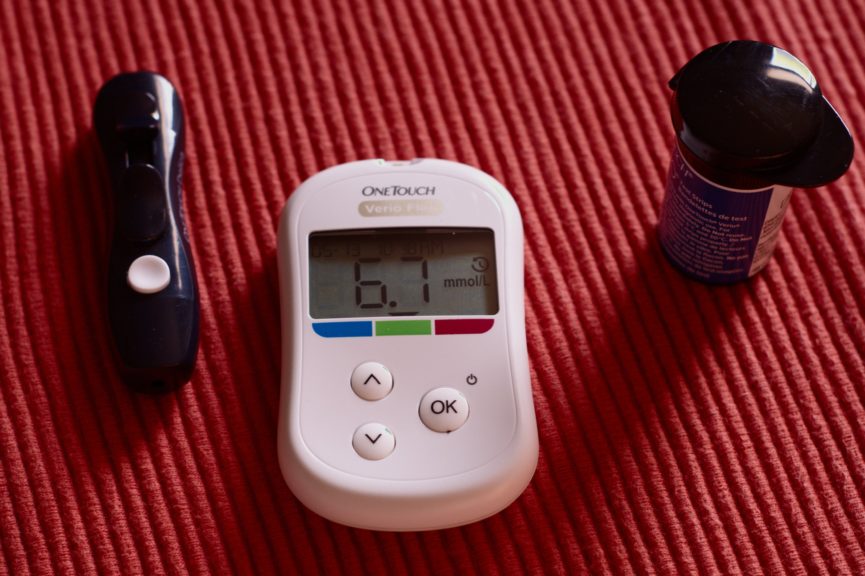Photo by Kate on Unsplash
Today is World Diabetes Day! Here are a few facts about the three major types of diabetes:
Type 1 diabetes was formerly known as juvenile onset diabetes or insulin dependent diabetes. People who suffer from Type 1 diabetes have antibodies that attack their pancreas so they depend on insulin injections to manage their blood sugar levels.
The symptoms of Type 1 diabetes are the frequent need to urinate, always feeling thirsty, and inexplicable weight loss. Type 1 diabetes is usually passed down genetically and manifests itself when the child is around 5 – 12 years of age. For people who suffer from Type 1 diabetes, they have to be extra careful of their sugar intake and keep a close eye on their blood sugar levels.
Managing this type of diabetes usually requires not only proper dieting, but also regular exercise, and maintenance medication for the rest of their life.

Type 2 diabetes, formerly adult onset diabetes, is when someone becomes diabetic due to health factors linked with obesity. It used to be called adult onset diabetes because most of the people who were diagnosed with it were usually adults, but there are currently more cases of younger patients being diagnosed with it.
Type 2 diabetes is what happens when a person doesn’t respond regularly to the insulin produced by the pancreas. Eventually, the pancreas becomes overworked because it has to produce more insulin to affect the body. This usually happens when a person doesn’t properly manage their weight and nutrition. Fat cells make it harder for insulin to be utilized properly by the body.
The symptoms of Type 2 diabetes are similar to that of Type 1, but less extreme. Type 2 diabetes is the most common type of diabetes because of the environmental and lifestyle factors that affect weight gain. Managing Type 2 diabetes is the same as managing Type 1 diabetes.

Gestational Diabetes Mellitus, also known as GDM, is the type of diabetes that occurs during pregnancy. This type of diabetes is triggered by the pregnancy because of how pregnant women in their mid or late pregnancies are more resistant to insulin. GDM may mean complications during pregnancy and health risks for the baby. GDM is usually limited only to the time of pregnancy and resolves itself after the child is delivered, but it puts the mother in greater risk of type 2 diabetes.
Managing GDM requires expecting mothers to work out regularly during their pregnancy, go on a closely monitored diet to regulate their food intake, and sometimes take insulin shots to balance out their sugar.

So go forth and exercise! Diabetes is a completely avoidable disease if you weren’t born with it. Keep your food and physical activity in check and make sure to enjoy every day.
Sources:
http://www.who.int/news-room/fact-sheets/detail/diabetes
https://kidshealth.org/en/kids/type1.html
https://kidshealth.org/en/kids/type2.html
https://www.webmd.com/diabetes/guide/default.htm

Andreiana Yuvallos is an Editorial Assistant at Familywise Asia. She loves reading, writing, theatre, and baking on the weekends.
Related Posts
-
Gen Z and the Family
The Gen Z generation may seem hard to understand, but they're all just yearning for…
-
Philippine Mental Health in Numbers
Here's a look at the state of mental health in the Philippines in numbers.
-
Nourishing Your Mental Health
Keeping your mental state healthy is a serious matter but society has given it stigma.…




